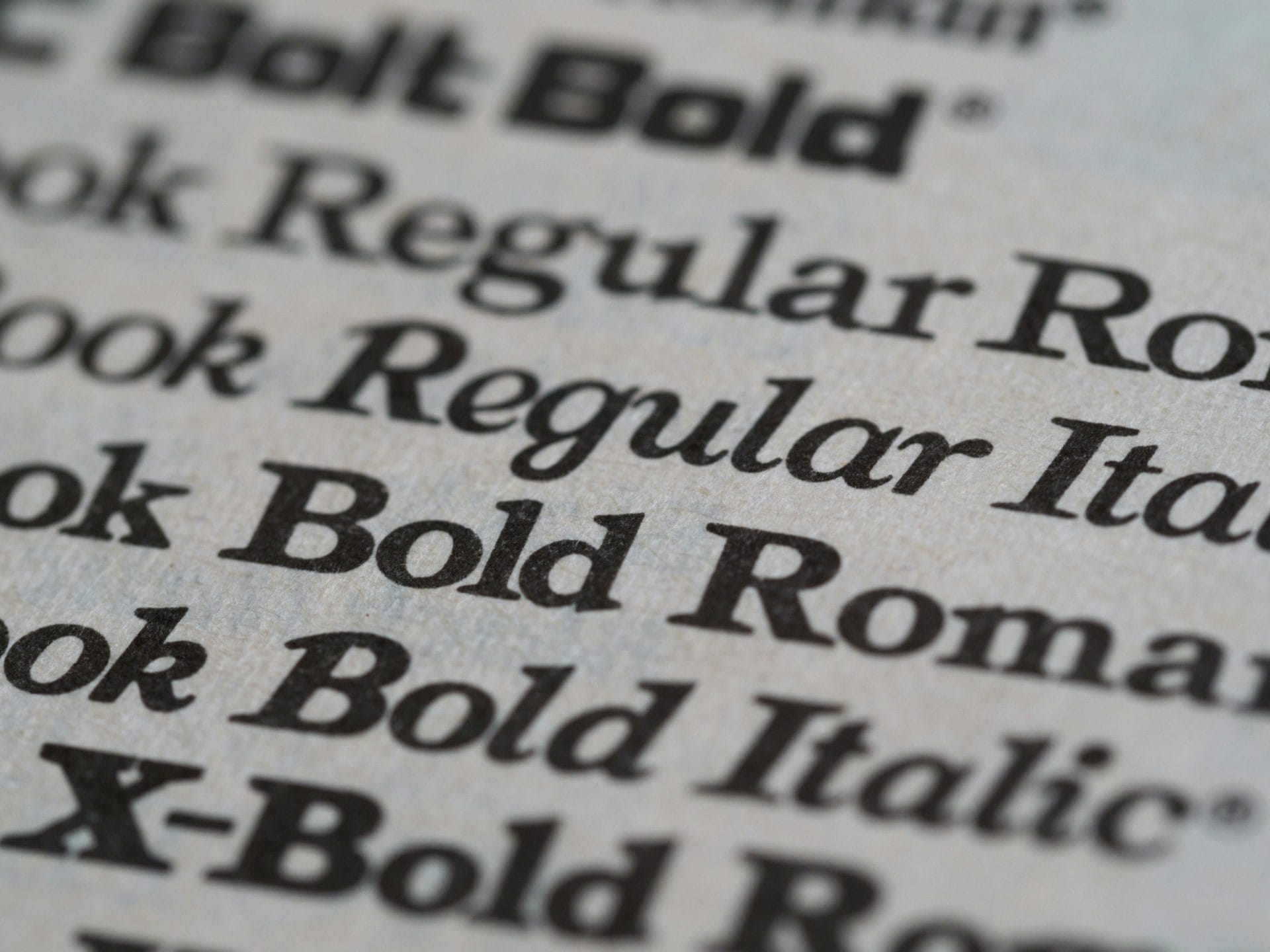Have you ever wondered what the difference between CMYK vs RGB is? What exactly do these abbreviations mean, and why are they important?
Well, you’ve come to the right place.
For starters, CMYK and RGB are two different color models used in design. Depending on your end use, you will decide which color model is best for your project.
It’s vital that you do use the right color model, so let’s find out when you should use CMYK vs RGB.
What is CMYK?
CMYK stands for Cyan Magenta Yellow and Key (black). These are the four ink colors that are combined in various quantities to make up the color output you need.
(Side note: the reason the K stands for Key is because of the original creation of printing plates. The Key plate aligned the CMY plates and provided the details of the image.)
The model of the colors are what’s called subtractive. The inks are made to reduce the reflection of light from the brightness of the paper (which most commonly is white).
What is RGB?
RGB stands for Red Green and Blue. These are the three colors of light that are used to create the images on your electronic devices. Most commonly: your computer and television.
Unlike CMYK, the RGB model is what’s called additive. The three lights of color (red, green, and blue) are added together to make the final color’s spectrum.
When do you use CMYK vs RGB?
CMYK vs RGB for Print
If you’re working on a project that will be physically printed on paper, you will want to use CMYK. CMYK is the main color mode for print purposes, which can also be sometimes referred to as 4-color process printing.
So if you’re getting stickers, a banner, brochure or business cards, these are all examples of needing CMYK.
The main problem faced with CMYK, is that it usually prints out darker, or less vivid, than what you see on your computer screen. To avoid problems, doing a test print on your sample paper/material will help you nail down the color and hue you are looking for.
CMYK vs RGB for Web
Creating graphics or images to go on your website? Or on a digital screen/billboard? In this case, you’ll want to use RGB. RGB is the primary color mode for digital mediums for optimal quality and picture.
Ask yourself — will this be viewed only on a screen? If yes, always use RGB.
CMYK vs RGB for Instagram
Now, when it comes to deciding if you should use CMYK or RGB for Instagram, refer to our previous answers above. Instagram is an app that is only viewed on your phone or computer, therefore it is a digital display and would require RGB color mode.
This applies to creating graphics for any social media — so if you are designing a new Facebook or LinkedIn cover photo, you use RGB as well.
CMYK and RGB?
In rare occasions, you might be designing a flyer that will be printed, as well as posted on social media. For this purpose, you’ll want to create both a CMYK and RGB versions of the design. This will ensure that the resolution and colors will be properly displayed on their respective mediums.
Quality & Resolution
An issue we face every day is dealing with images that are pixelated or blurry. This is most commonly a result of the images or graphics not having a large enough resolution.
So what is a good resolution to use and keep in mind when exporting your files? And what file types are best?
For print, or CMYK, it is best practice to always have your images be at least 300 dpi (dots per inch). You’ll want to export them as PDF, EPS, or Illustrator (.ai) files.
For web and social media, or RGB, it is most common to only need 72 ppi (pixels per inch). It’s best to use .jpg, .png, .gif, or Photoshop (.psd) files.
The difference in resolution with CMYK vs RGB is because your computer can relay the color with more intricacy than a printer can on paper. Therefore, a higher quality image is always necessary for printing.
Remember…
I know the color models can be a little bit confusing to know how it works, but just remember:
CMYK = PRINT
RGB = DIGITAL
Utilizing the wrong color modes for your projects can result in incorrect color representation, so be sure to always refer to this guide on CMYK vs RGB for best practices.






